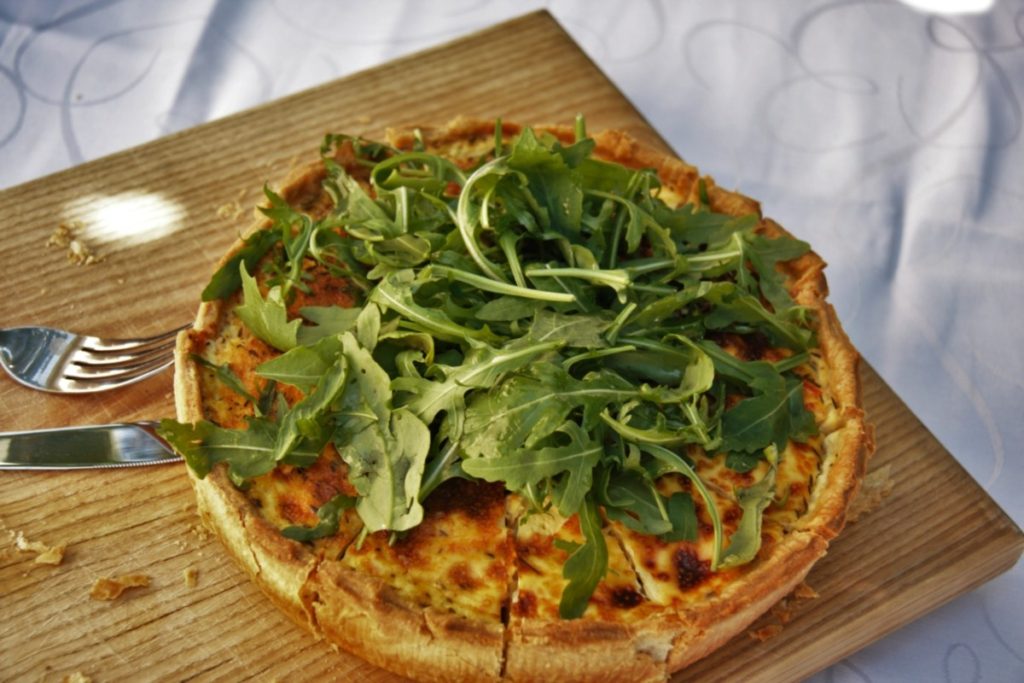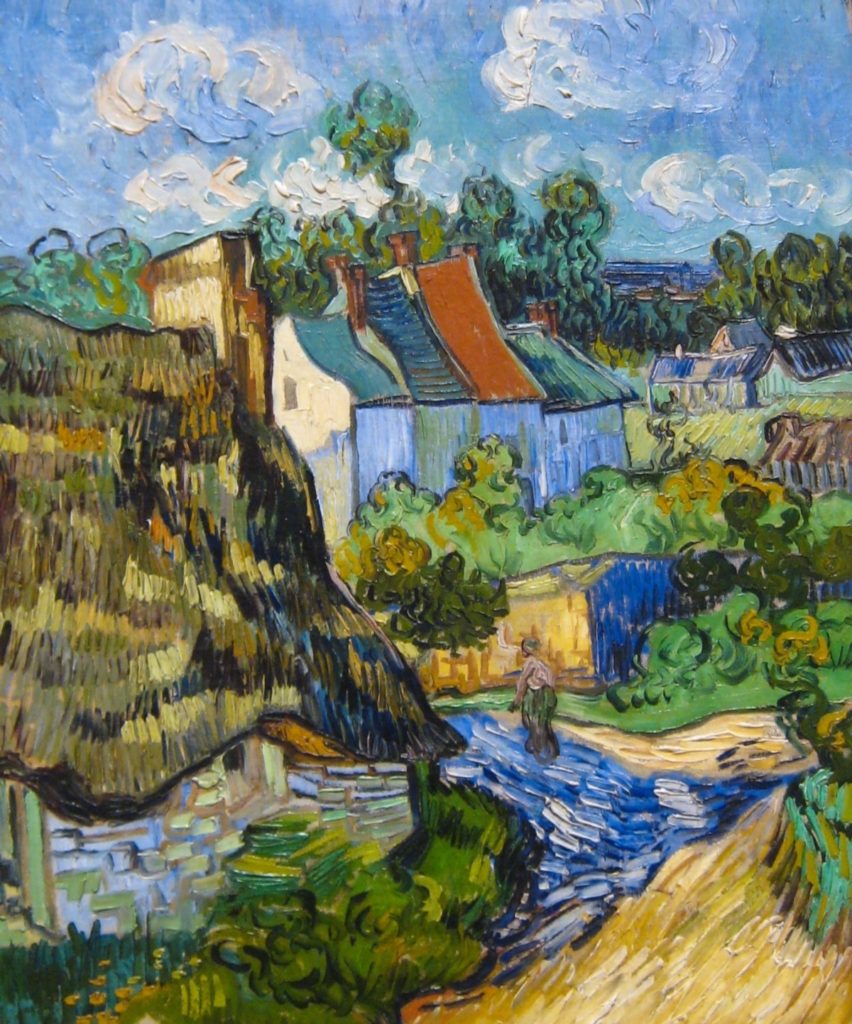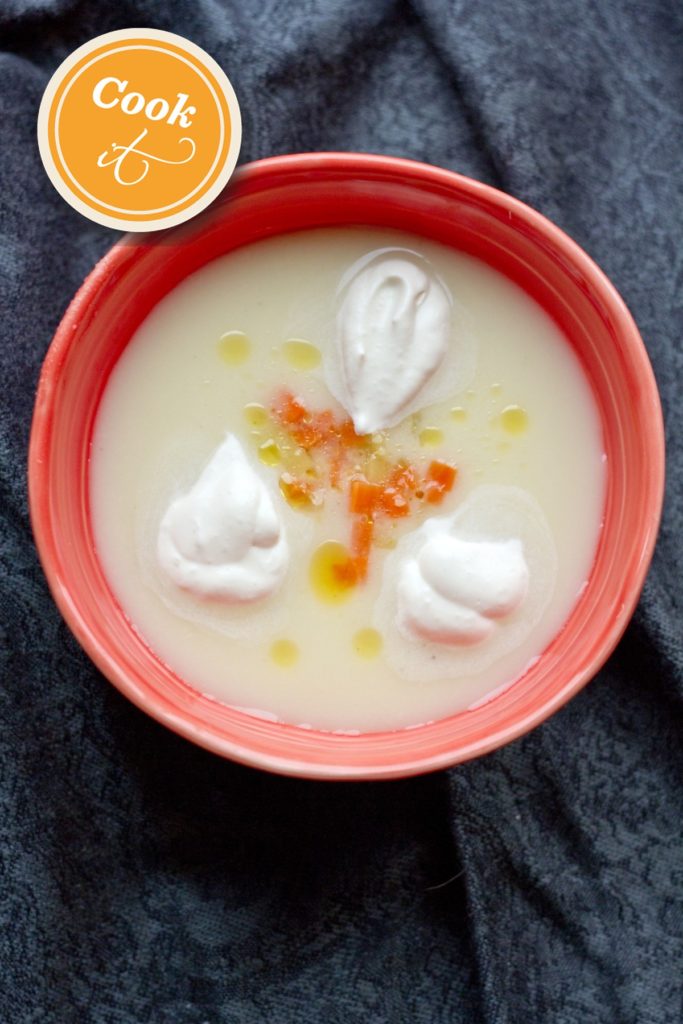“It’s a virus,” says Jean-Benoît Hugues, as we gaze over the olive trees twinkling silver in the breeze beneath a hot September sky. “It gets in your skin. And it pulls you back.”
We are standing on the terrace of Moulin Castelas, Hugues’ state-of-the art olive mill poised on the chalky southern flanks of Les Alpilles – the 25-kilometre-long range of limestone peaks that rise sharply from the Rhône valley in southern France. Here, Hugues and his team introduce visitors to the subtleties of olive oil tasting and terroir, and conduct tours through the mill that produces AOP-designated cold-pressed virgin oils, as well as tapenades and spreads.
The “virus” of which he speaks is the call to the land that pulled Hugues and his wife back from the US to their native Provence in 1997 to take stewardship of these centuries-old groves. But it’s an affliction clearly shared by the local chefs, producers and officials who cluster below the terrace to lunch on terrines, tarte aux légumes, grilled aubergines and other local delights. They’re gathered here to celebrate the conclusion of a seven-year project designed to support and connect the area’s food producers and purveyors. And they’ve invited me to join them on a preview of the soon-to-be-launched “Itinéraires Gourmands” – food trails through the countryside that speak to the heart of the gastronome.
Chief among those afflicted with the virus is Dominique Valadier, retired chef and local historian, who – once the lunch dishes are cleared – takes the lead on this tour of the Vallée des Baux. Born, raised, and still living outside the nearby village of Paradou, Chef Dom was a pioneer in the local food movement, and one of the first in the region to turn to organic products in his cooking. As he manoeuvres his blue van along the winding country roads, his passion for the area and all it produces is palpable. He points out the wild fennel dotting the terrain, and a woman collecting escargot from the ditches to preserve in her kitchen with garlic cloves. “Very good with duck,” he says, before turning the van beneath the pomegranate and almond trees that grace the driveway of Mas de Gourgonnier.
A traditional Provencal mas (or farm estate), Mas de Gourgonnier is another pride of the valley for its 40-year history as an organic producer of wine and olive oil. Its fruity Vin Rosé and fennel -imbued Vin Rouge appear on virtually every wine menu in Les Alpilles, but only the Vin Blanc is exported to North America, where it has found particular favour among New York City oenophiles. The winery’s maîtresse takes a break from the busy harvest to conduct us through the small wine-fragrant production facility, and to teach us the intricacies of agriculture biologique – which disallows irrigation of any kind, and by whose terms a special clay substitutes for chemical formulas in combating pests.

Further down the road, we meet another passionate producer in the person of Benoît Hertz, in his farm-gate store at Les Jardins de Cidamos. Believing firmly that “you don’t have to be a son of a bishop to eat good food,” Hertz spearheads a farm cooperative program that offers reasonable, fixed-price baskets of seasonal produce to subscribers – which in turn ensures a sustainable market for local suppliers. On our visit, a renovation project is underway to create a laboratory for potential value-added products, like the confitures and ratatouilles that are already available for sale onsite.
But there’s more to the region than the fresh and plentiful comestibles. Abandoning the blue van on a grassy verge, Chef Dom leads us among the crumbling ruins of the Barbegal Aqueduct – built by the Romans around the 2nd century AD to supply the city of Arelate (now called Arles) with drinking water from the peaks of Les Alpilles. With his halo of white hair glowing in the afternoon sun, Chef Dom points out the former site of a massive 16-wheel mill complex engineered to grind wheat on an industrial scale. It’s but one of the vestiges of the Roman Empire that still linger in this part of Provence. Just outside the town of Saint-Rémy lies the ancient Roman city of Glanum: complete with the remains of temples, houses, baths and a forum that date back to the third century BCE, the archaeological site lures visitors down its main street in search of the sacred spring around which the town was built.
As regional centre of Les Alpilles, Saint-Rémy proliferates with its own charms, including a large Wednesday market and a bevy of restaurants and shops to please the most avid of food lovers. Festivals abound in this eminently walkable city: the Fête de la Transhumance sees thousands of sheep parade through the streets on Pentecost Monday enroute to their mountaintop summer pastureland, leaving a cheese festival in their wake; arts and crafts fairs, and food, wine, and music festivals punctuate the summer months; and a five-day celebration during the last week of September honours the city’s patron saint with parades, bull running, dancing, and fireworks.
Left to our own devices on the fringes of Saint-Rémy , my partner and I linger long in the serene courtyards and cloisters of St-Paul de Mausole Monastery – the still-operating psychiatric hospital where Van Gogh checked himself in from 1889 to 1890, and where he completed some 140 paintings and 100-plus drawings. Most poignant is Van Gogh’s former room, furnished and hung with reproductions of his work as if the artist had just stepped out for a midday walk. Panels of his paintings are located in situ throughout the complex and along a back road; perhaps it was a trick of the light, but the cypresses and flowers in front of me seemed to undulate and glow just as Van Gogh painted them.

The crown jewel of Les Alpilles is the hilltop village of Les-Baux-de-Provence – a cluster of narrow medieval pedestrian streets that wind their way up to a 10th-century castle on a windswept plateau. One of the most visited villages in France and a paradoxically popular destination for cyclists, the lower town’s shops and cafés are fraught with tourists from mid-morning to mid-afternoon. Fortunately, the seven-hectare citadel with its castle ruins offers us plenty of room to scramble up and down water-eroded stairways, admire ancient dovecotes and vestiges of arched chapels, and ogle medieval siege-weaponry and dungeons. We mount the blustery ramparts for stunning views of the orchards and olive groves sprawling across the valley against a backdrop of limestone peaks.
By late afternoon, the crowds have all-but-deserted the cobbled streets of the lower town. The shadows are long and the servers amiable as we take our seats beneath the mulberry trees on the terrace of La Reine Jeanne bistro with two of our hosts from the day’s food-trail tour. The sautéed octopus persillade that is delivered to other tables looks sublime, but we save it for another time, instead sipping a chilled bottle of Mas de Gourgonnier rosé while we recall the highlights of the day.
With our appetites honed, we stroll down the road to join the remainder of our group at Le Mas d’Aigret, a 16-room hotel converted from an authentic stone mas (whose dining room and two guest rooms are literally carved into the mountainside). Here, Chef-Owner Eric Vallette has achieved the Maître-Restaurateur designation, denoting quality of service and decor, as well as a commitment to cuisine that’s made in-house from raw products. And here, too, our dinner awaits on the garden terrace with its romantic view of Les Baux’s night-lit castle.

As I turn beneath the terrace’s fairy lights in anticipation of Chef Eric’s attentive ministrations, I catch a wave from a couple sipping wine on the balcony of their first-floor room. They raise their glasses to me with a nod to the sunset, a gesture of mute appreciation for the idyllic surroundings on this warm and soft evening. And I know that they have caught it. They – and I, too – have succumbed to the Provencal virus that has crept under our skin and bonded irrevocably to our hearts.



